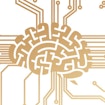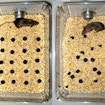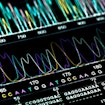
The unusually high incidence of cranial and facial anomalies among people with autism may provide insight into the underlying biology of the disorder. Curtis Deutsch of the Eunice Kennedy Shriver Center at the University of Massachusetts Medical School and his colleagues are evaluating these anomalies using new, state-of-the-art imaging technology.







